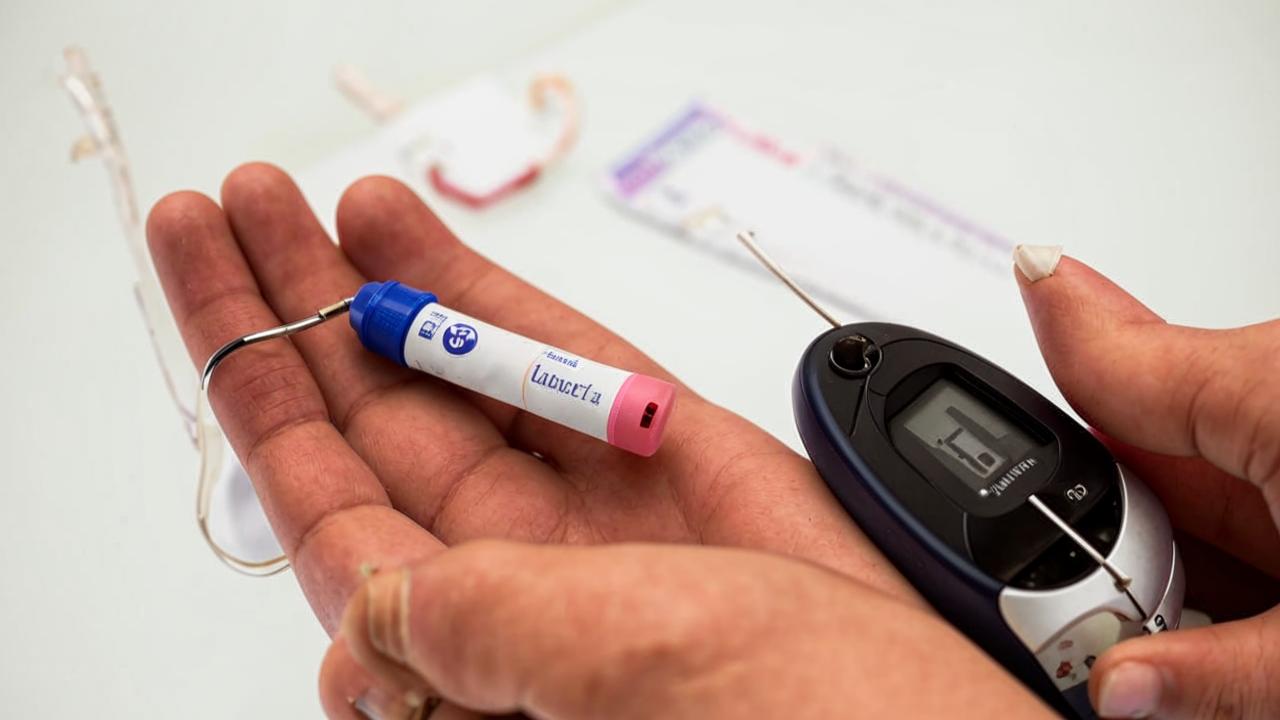
“Type 2 diabetes is a real scourge of modern times, which is diagnosed not only in adults, but also in teenagers. Many blame the situation on excess sugar in the diet, but is this really the case?”
Types of diabetes
Diabetes comes in two types. They are type 1 diabetes, which is congenital, and type 2 diabetes, which is acquired during life. The former is diagnosed in early childhood, often in infancy, and the latter is more likely to occur after 40-45 years of age.
Type 1 diabetes is genetic in nature. In patients with this form of the disease, the pancreas in principle does not produce insulin or produces it in insignificant quantities, in no way covering the needs of the body.
Type 2 diabetes develops in adulthood, although now the disease is significantly younger and every year the average age of patients decreases.
Causes of diabetes
Prevent the emergence of type 1 diabetes is impossible – it is the result of mutations in the genome that disrupt the work of the pancreas. The emergence of type 2 diabetes is usually a consequence of lifestyle, although hereditary predisposition also plays a role. However, it is absolutely necessary not to justify its occurrence by genetics alone.

In diabetes, patients have consistently high blood glucose (sugar) levels. This can be detected by taking a glycated hemoglobin test, which reflects the average glucose level over the past three months. A result of 6.5 or higher indicates diabetes. If the glycated hemoglobin level is above 5.3, however, it is a condition associated with an increased risk of developing diabetes.
Raising glycated hemoglobin to borderline values is a red flag, a signal that the chances of diabetes are high. Most likely, if diet and lifestyle are not changed, fast carbohydrates in large quantities are not removed from the diet, diabetes will be diagnosed – not tomorrow, but in the foreseeable future.
It’s not just what you eat that matters, but how you do it – your eating schedule. Insulin levels rise after every meal, and a regimen that includes many snacks in addition to the main meals leads to constant spikes in this hormone, a curve with many insulin peaks.
The more of these peaks, the less sensitive the insulin receptors become. At some point, they simply stop responding to insulin, and the pancreas produces more and more of it, “thinking” that the hormone is not enough. A vicious cycle ensues, leading to insulin resistance. Many people have this condition, but it is reversible – you can get rid of it if you change your lifestyle and adjust your diet.
How sugar affects diabetic patients
Diabetic patients operate with the concept of “bread unit”. This is a measure of carbohydrates, knowing which, you can calculate how much the glucose level will increase after this or that product. A patient with type 1 diabetes can eat a whole bar of chocolate or a sweet cake, and then inject himself with the necessary dose of insulin to allow the body to digest what he has eaten.
This is not how it works in type 2 diabetes. Such patients take tablet therapy with fixed dosages. In the event that a person eats everything in a row, including desserts, without controlling glucose levels, he will accelerate the development of the disease and the progress of diabetes.
Diet in diabetes: what you can and can not eat
Of great importance is the type of diabetes. Patients with type 1 in principle can not do without food for a long time – this will lead to hypoglycemia, a critical drop in blood glucose.
In type 2 diabetes, you can try a different approach to nutrition, including interval fasting. It is important to consult with your doctor before doing this, as it matters how advanced the condition is.
For my patients, I recommend removing all snacks, leaving first three and then two main meals. Be sure to add physical activity to help fight insulin resistance.

Emphasize protein foods. Protein reduces appetite and cravings for sweets, which will also be “to the benefit” of patients.
In second place are fats, and in third place – carbohydrates. They are fast and slow. The first raise glucose levels in the shortest possible time and for a short period of time, for example, just 10 minutes, and the second cause a smooth rise in blood sugar and its subsequent decline within a couple of hours.
With insulin resistance, it is better to give preference to slow carbohydrates, which will help to maintain a stable glucose level. All this will favorably affect well-being.
As for sweets, I repeat that a patient with type 1 diabetes can calculate and inject himself with the necessary amount of insulin, so that the dessert eaten was assimilated by the body. Every day you should not do this, but from one-time “actions” nothing terrible will happen.
In type 2 diabetes, sweet in the diet will not lead to immediate critical consequences, but its abuse will aggravate the condition. If a person does not plan to completely give up sugar, then it is worth adhering to certain rules.
It is better to eat sweets after the main meal – so a person will not eat a lot of it, as he will already be full. In addition, if it is paired with lunch or dinner, and will not be a snack, it will not lead to an additional insulin spike.
That said, there are no forbidden foods, it’s all about quantity. You should not eat a whole cake a day, but if you eat the same sweet without fanaticism, it will not seriously harm your health.

What habits will help to avoid the development of diabetes
It is important to pay attention to lifestyle and nutrition, especially for those who have already been diagnosed with prediabetes.
- Remove all snacks – leave two or three main meals.
- Eat more protein – optimally 1.5 g per 1 kg of weight. Do not forget about fats and carbohydrates, favoring slow carbohydrates, such as whole grains.
- Do not forget about physical activity – 10,000 steps a day will be enough. If walking is not possible, it can be replaced by 100 squats with toe raises.
- Do regular checkups – at least once every 6-12 months, monitoring the level of glycated hemoglobin.





